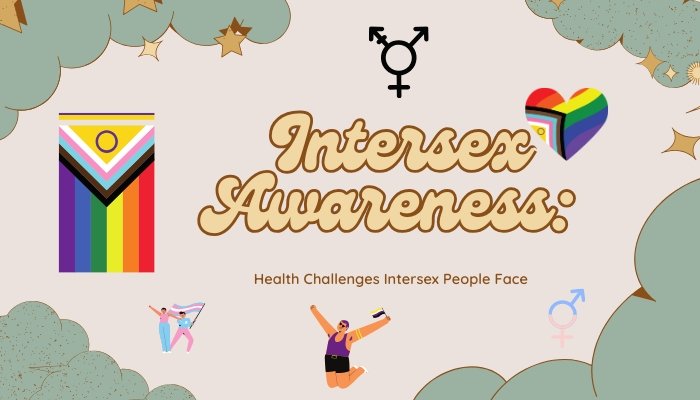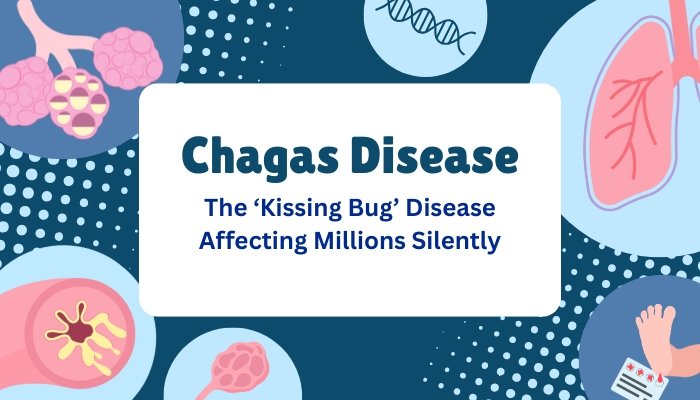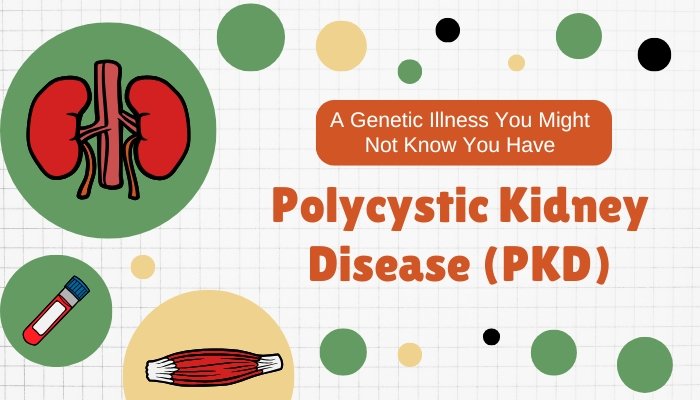Introduction
Body-focused repetitive behaviors (BFRBs) refer to compulsive activities like dermatillomania (skin picking) and trichotillomania (hair pulling) that some people engage in to cope with stress or negative emotions.
While these behaviors can offer momentary relief, they often lead to physical damage—such as wounds or hair loss—and deep psychological distress or shame. Recognizing the signs, understanding underlying causes, and seeking the right interventions can significantly reduce their impact.
What Are Dermatillomania and Trichotillomania?
Dermatillomania (Excoriation Disorder)
Dermatillomania involves chronic and repetitive picking at one’s own skin—often the face, arms, or scalp—leading to sores, scabs, scars, or infections. Individuals may pick consciously while stressed or absentmindedly while watching TV. Although sometimes triggered by perceived imperfections like blemishes, others do it without an apparent reason.
Trichotillomania (Hair Pulling Disorder)
Trichotillomania is characterized by repeated pulling out of hair from the scalp, eyebrows, eyelashes, or other body areas, potentially causing noticeable bald patches. Pulling episodes can occur during stress or boredom, but also become an unconscious habit that is hard to stop, even when the individual recognizes its harmful effects.
Common Themes
- Sense of Relief or Satisfaction: Temporary calm or gratification often follows a picking or pulling episode.
- Impacts on Self-Image: Resulting physical marks—like bald spots or scarring—can lead to shame, anxiety, or social withdrawal.
- Habitual Nature: Both conditions can become deeply ingrained, making them difficult to break without therapy or structured coping strategies.
Causes and Contributing Factors
Emotional and Psychological Triggers
Stress, anxiety, depression, or obsessive-compulsive traits can lead to body-focused repetitive behaviors. In some instances, picking or pulling acts as a means to self-soothe or momentarily distract from emotional turmoil.
Neurobiological Components
Research suggests that certain imbalances in brain chemistry or neural pathways associated with impulse control might predispose individuals to BFRBs. Genetic links also appear possible, as family members may share these tendencies.
Environmental Influences
Unaddressed trauma, harsh critique about appearance, or earlier experiences of self-grooming rituals can shape the habit’s intensity and frequency. High stress situations—exams, changes in routine—often exacerbate the behaviors.
Signs and Impact on Daily Life
Physical Consequences
- Visible Damage: Bald patches on scalp or eyebrows, persistent open wounds from skin picking.
- Infection Risks: Bacteria entering fresh sores can escalate to more serious complications.
- Scarring: Frequent picking or pulling can cause permanent marks or changes in skin/hair texture.
Emotional Toll
- Shame and Isolation: Embarrassment over physical signs might lead people to avoid social activities.
- Anxiety and Stress: Fear of judgment or persistent frustration over inability to stop the behavior may worsen mental well-being.
- Low Self-Esteem: Physical changes and negative internal dialogues can erode self-confidence, creating a cycle where picking/pulling relieves immediate distress but fuels longer-term harm.
Disruption of Routine
- Time-Consuming Habits: Extended periods spent picking at skin or pulling hair can overshadow daily obligations or hamper productivity.
- Concealment Efforts: Efforts to hide patches or sores—like wearing hats, scarves, or heavy makeup—might shape personal style or hinder spontaneity.
Approaches to Treatment and Recovery
Psychotherapy
- Cognitive Behavioral Therapy (CBT)
- Identifies triggers, modifies unhelpful thought patterns, and fosters more adaptive coping mechanisms.
- Habit Reversal Training (HRT)
- Encourages awareness of the urge and substitutes picking/pulling with incompatible behaviors, e.g., clenching fists or holding a stress ball.
- Dialectical Behavior Therapy (DBT)
- Teaches emotional regulation skills like mindfulness and distress tolerance, reducing the intensity of urges.
Medication
- SSRIs or Other Psychiatric Drugs: Can help if BFRBs co-occur with anxiety or obsessive-compulsive disorders.
- Off-Label Options: Some doctors may prescribe lesser-known medications targeting impulse control, though results can vary.
Lifestyle and Self-Management
- Awareness Tools: Keeping diaries about when/where pulling or picking occurs helps spot patterns, prompting pre-emptive coping strategies.
- Stress-Reduction Practices: Yoga, meditation, or moderate exercise can mitigate emotional triggers.
- Physical Barriers: Covering areas prone to picking or wearing gloves during high-risk times (like watching TV) can break ingrained habits.
Finding Support and Overcoming Stigma
Peer and Online Communities
From forums dedicated to trichotillomania to social media groups exploring skin picking, connecting with those who understand fosters validation. Members share tips, product suggestions (like fidget toys), or success stories from therapy.
Family and Friends
Loved ones who remain empathetic—rather than scolding or pressuring cessation—help create a trusting environment for open communication. Attending therapy sessions together can ensure consistent reinforcement of coping strategies.
Professional Guidance
Dermatologists, psychiatrists, and mental health professionals experienced in BFRBs can coordinate care. Ideally, integrative approaches combine therapy sessions, medical follow-ups for skin/hair health, and possibly medication.
Conclusion
Dermatillomania (skin picking) and trichotillomania (hair pulling) are more than mere habits—they are potent body-focused repetitive behaviors that can erode self-esteem, cause physical damage, and disrupt daily life. While the compulsion to pick or pull often offers momentary emotional relief, it can also bring about lingering shame and frustration. Fortunately, a range of therapeutic interventions and coping methods exist, empowering individuals to overcome these behaviors in a supportive, understanding environment. By recognizing triggers, building structured therapy plans, and engaging in healthy emotional expression, those affected can find relief and greater self-acceptance.
References
- Flessner CA, Woods DW, Franklin ME, et al. Understanding and treating trichotillomania: An in-depth review. Behav Modif. 2008.
- Grant JE, Stein DJ, Woods DW, et al. The neurobiology and treatment of BFRBs: The OCD spectrum perspective. J Psychopharmacol. 2015.
- Walther MR, Flessner CA, Conelea CA. Habit reversal training for dermatillomania. Clin Psychol Rev. 2010.
- http://www.bfrb.org






